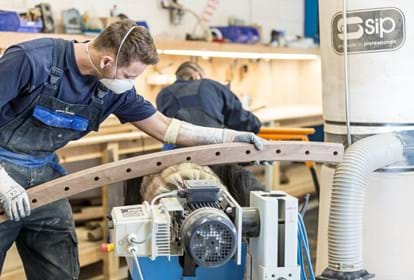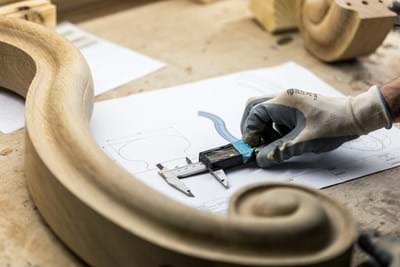To maximise on the high level of consumer demand for furniture and home goods, it’s important to be aware of the biggest technology trends dominating the market.
- Predicting consumer demand with machine learning
Systems analytics will enable you to gauge interest in a specific product, more accurately forecast future consumer demand, and manage products/services and inventory accordingly. This then allows you to streamline marketing strategies to better target customers, boosting both efficiency and sales in the process. Machine learning enhances the traditional methods of forecasting – accelerating results through high-speed data processing.
- Enhancing the customer experience with digital showrooms and virtual staging
It’s never been more important to provide the ultimate customer experience – and now this can be achieved within their homes. Digital showrooms and ever-improving virtual reality technology is creating a new, exciting experience for both buyers and sellers. In theory, the unlimited virtual environment can even act as a substitute to costly retail space – users can access it anytime and anywhere.
- Aiding new product development with 3D printing
3D printing can be used to boost efficiency, cut waste, and test new products and designs. This is because it only utilises the precise amount of material needed, and produces shapes that would be unimaginable for humans to manufacture.
- Improve the customer journey with product configurators
With product configurators, you’ll be able to showcase your entire catalogue of products, models, colours and textures in an engaging, interactive way. Customers are then prompted to move further along the sales journey, ultimately triggering them to pick their preferred product and go through with their purchase.
5. Boost business operations with enterprise resource planning
Enterprise resource planning (ERP) is a centralised method of handling all parts of facility operations and processes. Not only can this lead to better efficiency, but it will provide you with unparalleled visibility, coordination and management across all your business’ separate processes.



